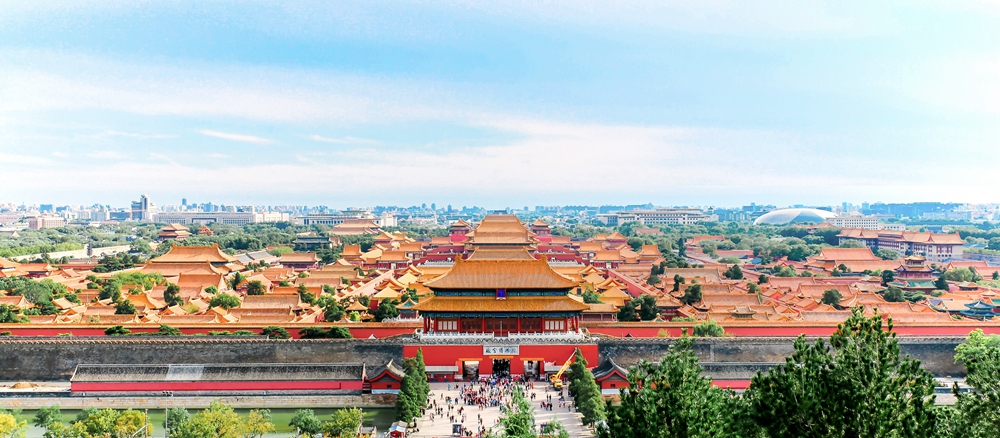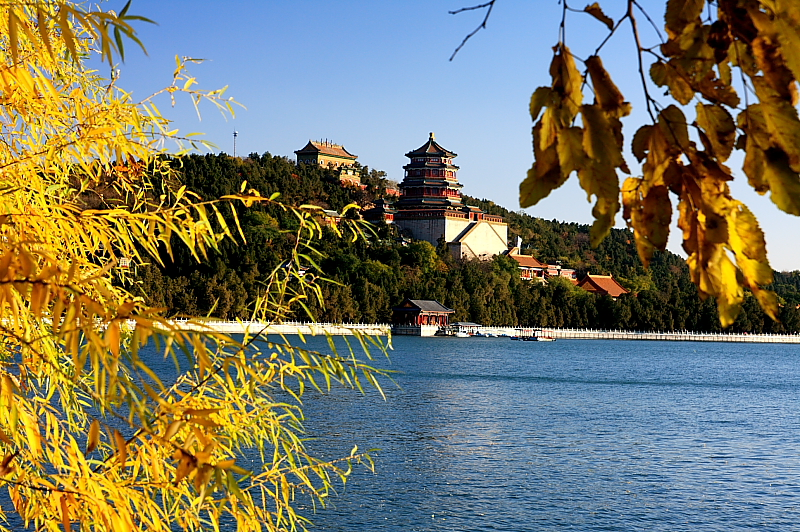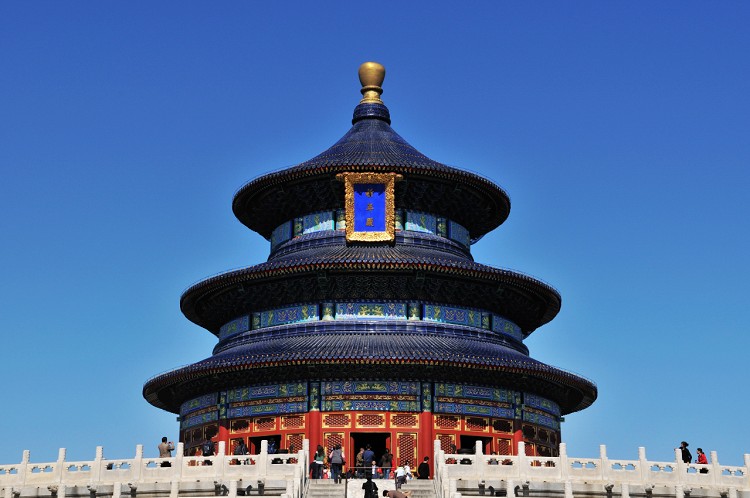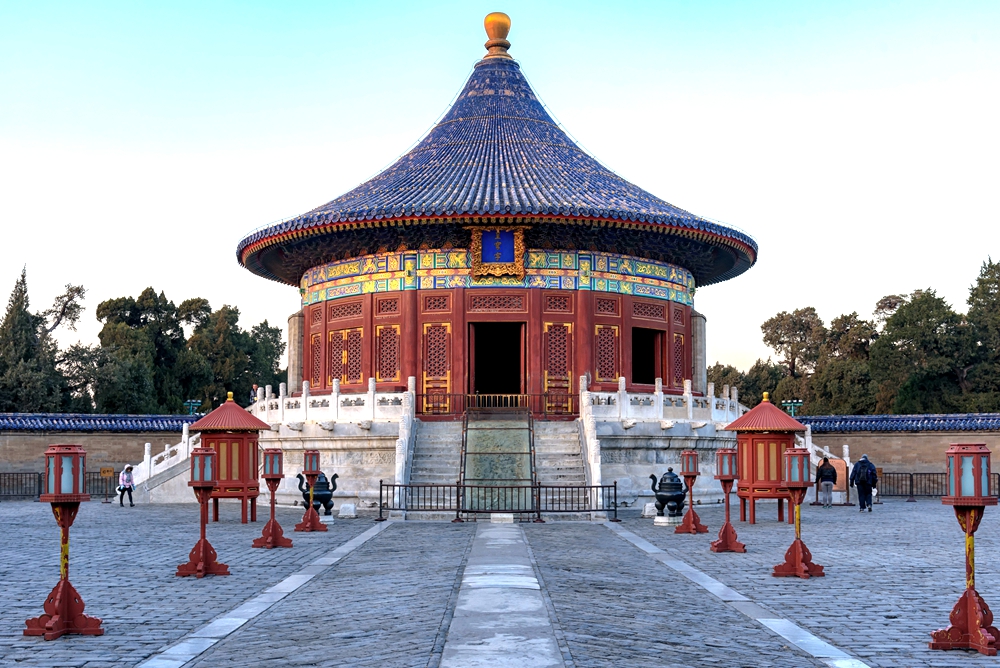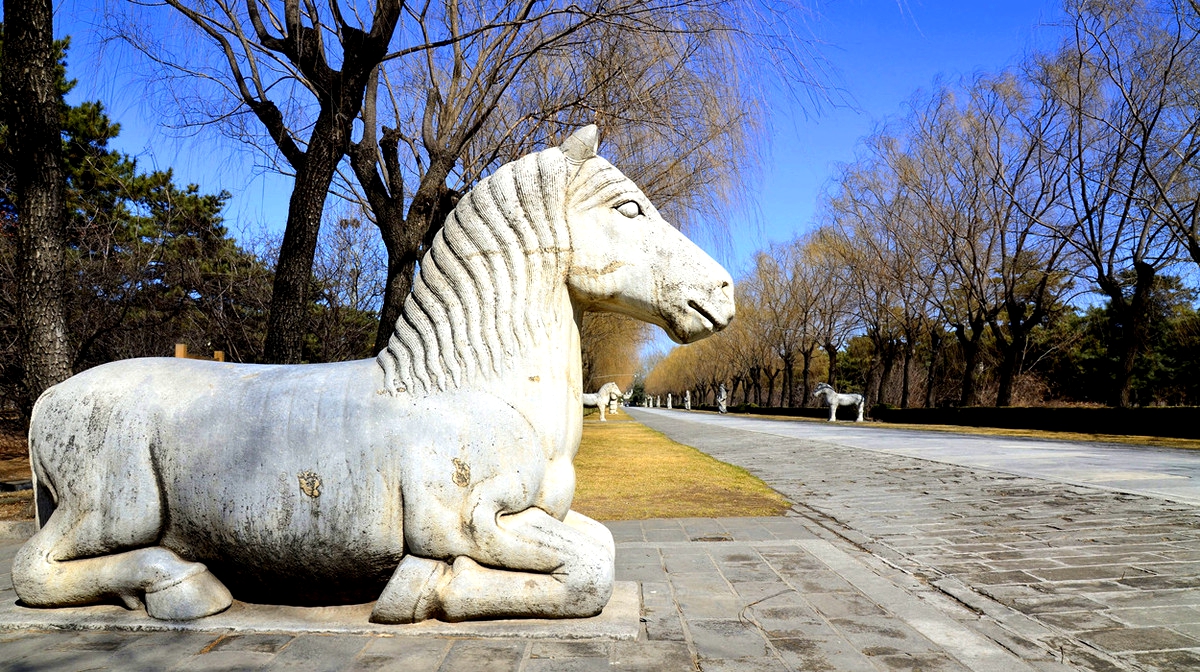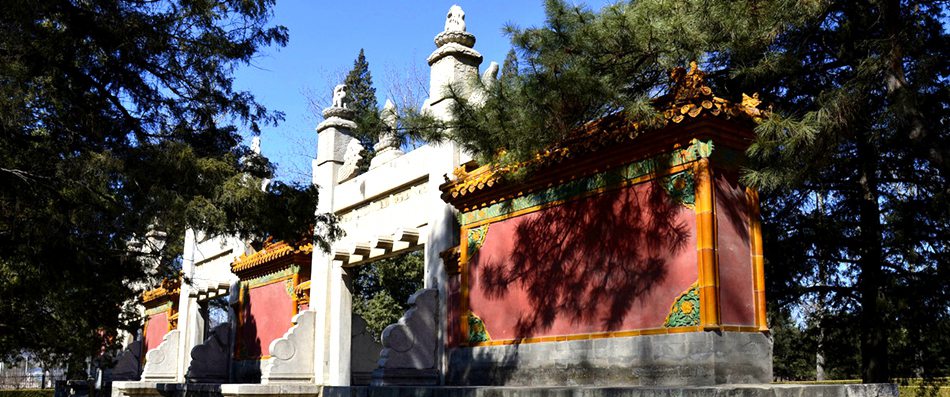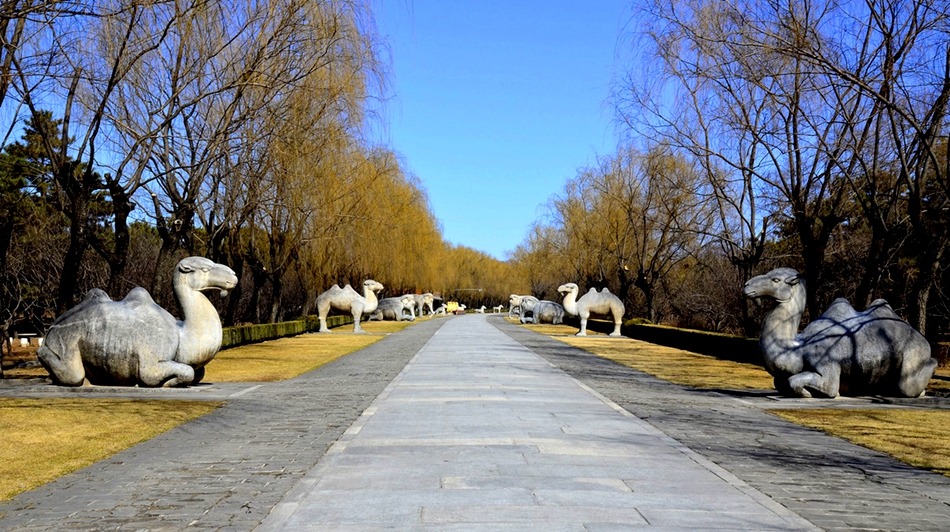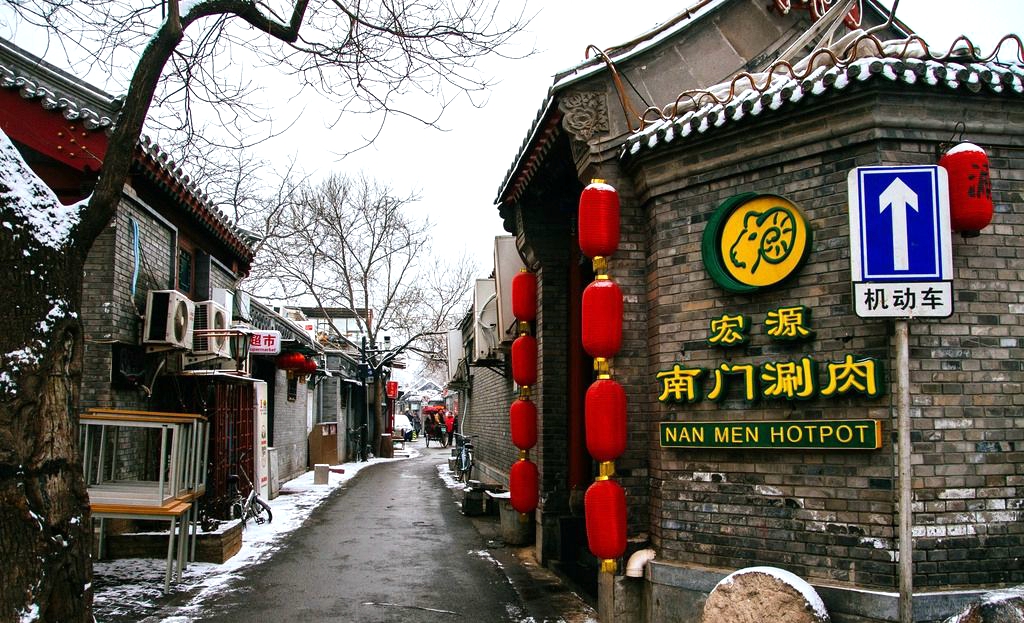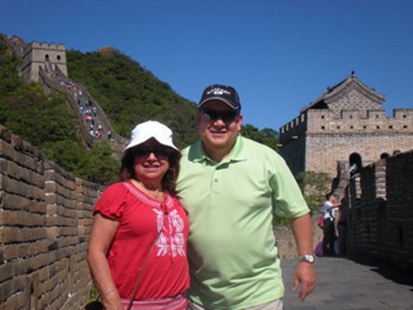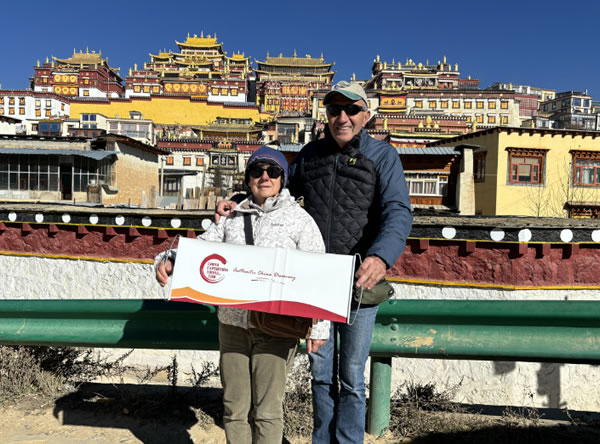Highlights
Jiang Nan refers to the areas south of the lower reaches of the Yangtze River. It is famous for picturesque natural sceneries, unique and magnificent Gardens and developed economy. You can visit the largest city of China-Shanghai first, which will amaze you by its modern atmosphere and traditional culture and art. Huangshan Mountain has brought together all the strong points other mountains have: grand, strange, baffling, arduous, steep, flourishing, quiet and spacious. The mountain offers a crowd of peaks. The water village in Suzhou and the graceful West Lake in Hangzhou woo surely leave you a deep impression.
Itinerary
Today we take a flight from Beijing to Shanghai. Upon your arrival in Shanghai, our guide (CET representative) will meet you at the airport and transfer you to the hotel. Your tour we sponsored will start in Shanghai.
Stay overnight in Shanghai.
Meals included:
After enjoying a leisurely breakfast, we will drive to visit the [Yuyuan Garden], where more delicate handicrafts and tasty Chinese snacks can be found. There are more than 500 snacks around that area. Next stop will be the [Jade Buddha Temple], an elegant structure famous for its Buddha statue which is carved of sparkling and crystal-clear white jade and decorated by jewels. Lunch will be arranged at a characteristic Shanghai restaurant. After lunch we will head for the [Outer Bund]. The bund symbolizes Shanghai and Bund is an epitome of Shanghai’s history. At there you can take a grand view of Shanghai and you may marvel at how modern this metropolis is while still containing its old traditions. We will enjoy a walk on the [Nanjing Road], the most prosperous commercial street. You can find lots of world famous brands setting along the street and enjoy a good time in shopping.
Stay overnight in Shanghai.
Meals included: Breakfast , Lunch
This morning we will enjoy a leisurely breakfast, and then will go to visit the [Shanghai Museum]. This afternoon we will take a flight to Huangshan Mountain. Upon arrival, you will be met and transferred to the hotel.
Stay overnight at Huangshan City.
Meals included: Breakfast , Lunch
Early this morning we will [take cable to visit the Huangshan Mountain] and enjoy the spectacular view along the way to the top. It is known to all that odd-shaped pines, grotesque rock formation, seas of clouds and crystal-clear hot springs are the four wonders of Mt. Huang. There is a saying goes, “you won't want to visit any other mountains after seeing Wu Yue (the Five Great China Mountains) but you won't wish to see even Wu Yue after returning from Mt. Huangshan.” This saying may give you some idea of the beauty and uniqueness of Mt. Huangshan. We will explore scenic spots on the mountain and enjoy spectacular view.
Stay overnight at Huangshan Mountain.
Meals included: Breakfast , Lunch
Having a leisurely walk around the mountain this morning before we take cable downwards is our recommendation. And in the evening, we will catch a flight back to Shanghai. Upon arrival, we will be met and transferred to the hotel.
Stay overnight in Shanghai.
Meals included: Breakfast , Lunch
Today we will go to Suzhou city to visit the [Humble Administrator's Garden]--the largest private garden in Suzhou, as well as one of the four most famous classic gardens and no other classic garden has been honored more than this one in China. Humble Administrator's Garden is a typical example of the art of horticulture south of Yangtze River as well as a treasure house containing arts of architecture, calligraphy, carving, painting, and bonsai. Then we will drive to [Zhouzhuang]. It is one of the most famous water townships in China, only 30 kilometers (18 miles) southeast of Suzhou. It is noted for the well preserved ancient residential houses, the elegant watery views and the strong local colored traditions and customs, especially for its profound cultural background. We will enjoy a leisurely stroll and you can see that all the houses in the Zhouzhuang, built with sidewalks along canals have formed a web of water lanes. Stone bridges and overhanging towers span the waterways to provide free passage for the local people. Afterwards, we will drive back to Suzhou.
Stay overnight in Suzhou.
Meals included: Breakfast , Lunch
We will enjoy a leisurely breakfast and walk around the downtown area for pleasure. Later at noon you may have a traditional Chinese lunch. Then we will go to Hangzhou. Hangzhou is known for its natural beauty of West Lake worldwide. "Above is paradise, below is Suzhou and Hangzhou" expresses people's indeed praise to Hangzhou. We will arrive there in the afternoon and be transferred to the hotel. The rest of the day will be on your own to explore the picturesque city.
Stay overnight in Hangzhou.
Meals included: Breakfast , Lunch
Today we will have a tour to the renowned [West Lake]. It is undoubtedly the most famous feature of Hangzhou, noted for the scenic beauty that blends naturally with many well-known historical and cultural sites. Sitting in a boat wandering on the river, you will enjoy the beautiful scenery. Solitary Hill, the Mausoleum of General Yue Fei, the Six Harmonies Pagoda and the Ling Yin Temple are probably the most frequently visited attractions in this scenic area. This afternoon we will pay a visit to [Hefang Old Street], a well-designed old pedestrian street which is the epitome of old Hangzhou. Shops selling art crafts, souvenirs, silk, teahouses, and restaurants line on both sides of the street. Many famous century-old shops including Hu Qing Yu Tang, Wang Xingji Fans are here. The Street is otherwise known as the Snack Street for the diverse food it serves. You can choose to try some of the local flavors.
Stay overnight in Hangzhou.
Meals included: Breakfast , Lunch
This morning we will drive to the [Thousand Islets Lake] which is about 160 kilometers (about 99.4miles) west of Hangzhou. Thousand Islets Lake is regarded as currently the largest man-made lake in China. It got its name from the 1078 islets in the lake. The lake is famous for its crystal-clean water and picturesque scenery. Covering an area of 573 square kilometers (about 141,591acres), the lake is much larger than the West Lake in Hangzhou. Besides, Thousand Islets Lake also boasts a large number of historical sites, including two ancient towns, both dating back to more than 1,800 years ago and being discovered under the lake in 2002. After preliminary investigation, experts believe they might be the biggest ancient building complex found in China. The two towns were submerged 40 years ago to make way for a reservoir. Historical records show that the town was filled with traditional Chinese architectures with bricks, stones and titles. We will enjoy a wonderful afternoon at Thousand Islets Lake. Later the day we will drive back to Hangzhou.
Stay overnight in Hangzhou.
Meals included: Breakfast , Lunch
This morning will be free at leisure until you are picked up and transferred to the airport for a flight to Beijing. Our Service ends at the Hangzhou airport.
Meals included: Breakfast
Pricing & Accommodation
-
 US Dollar
US Dollar -
 Euro
Euro -
 GB Pound
GB Pound -
 CA Dollar
CA Dollar -
 AU Dollar
AU Dollar -
 HK Dollars
HK Dollars -
 Renminbi
Renminbi
| 1 person | 2-5 persons | 6-9 persons | ≥10 persons | Single Room Supplement | |
| First Class Tour | $3215 | $2018 | $1919 | $1564 | $700 |
| Comfortable Tour | $2571 | $1813 | $1731 | $1370 | $400 |
| Standard Tour | $2116 | $1670 | $1417 | $1117 | $260 |
* Price in every box above is for each person.
* The default currency is in US dollar. Please use the Currency Converter to see the equivalent quote in your currency. Price is for references only, it may vary according to your actual travel itinerary, travel time, hotel price rise or fall, US dollar exchange rate fluctuation, car fuel price change and government tax adjustment, etc..
* The price is only for your reference and it is subject to seasons, high or low.Please send us your inquiry if you are interested.
* The differences between First Class Tour, Comfortable Tour and Standard Tour are mainly reflected in the hotels we use. For First Class Tour, we use mostly 5 star hotels (or hotels corresponded to 5 star ones), 4 star hotels for Comfortable Tour and 3 star hotels for Standard Tour. But there’re exceptions when there come home stay experience, remote destinations and other specified circumstances in the itinerary.
Inclusions / Exclusions
Inclusions:
- Attraction Entrance Fees
- Centrally Located Hotels
- Authentic Chinese Food
- Private Experienced Guides
- Private Cars/Van with Drivers
- Internal Flights/Train(s) in China
- Luggage Transfers
- Airport Taxes and Fuel Fees
- Service Charge & Government Taxes
- Travel Insurance
Exclusions:
- International Airfare to Enter/Leave China
- China Entry Visa Fees
- Excess Baggage Charges
- Personal Expenses
- Single Room Supplement
- Tips or Gifts to Guides/Drivers/Bellmen
Important Information
How to Pack up
We suggest that each person packs up one rollable suitcase with the weight under 20 kg/44lb. You will also need a day pack/bag to carry water, cameras and other electronics like iPods and mobile phones.
Checklist
It's only for reference and you may not need all of them. Choose from below according to the tour you pick up:
Passport (with photocopies)
Travel insurance (with photocopies)
Airline tickets (with photocopies)
USD cash and travelers checks
Credit or debit card (see personal spending money)
ChinaExpeditionTours vouchers and trip dossier
Any entry visas or vaccination certificates required
Day pack for daily personal items
Wet wipes / Moist towelettes
Alarm clock
Flashlight
Sun hat, Sun block, Sunglasses
Insect Repellent
Water bottle and Plastic mug for train journeys
Ear plugs for train journeys or light sleepers
Small towel and swim wear
Toiletries (biodegradable)
Sturdy walking shoes/Sport sandals
Money belt
Shorts for summer months (June – September)
Long pants
Shirts/T-shirts
Warm clothes for Nov-April. Fleece, Jacket, hat and gloves
Umbrella or waterproof jacket.
Cover for backpack or plastic bags to keep clothes dry.
Camera, film and memory chip
Reading/writing material
Binoculars
Pocketknife
First-aid kit (should contain lip salve, Aspirin, Band Aids, anti-histamine, Imodium or similar tablets for mild cases of diarrhea, re-hydration powder, extra prescription drugs you may be taking).
Local Dress
Generally speaking, the dress standard is more conservative in China than it is in western countries. Things also changes quickly, nowadays the young Chinese share the same hobbies with their western counterparts. When packing try to pick loose, lightweight, long clothing that will keep you cool in the usually hot and humid climate of summers. In predominately Buddhist and Muslim regions we ask that you dress respectfully and avoid very short shorts/skirts and singlets/tanktops when visiting temples or mosques or other holy sites.
Spending Money
Every traveler is different and therefore spending money requirements will vary. Some travelers may drink more than others while other travelers like to purchase more souvenirs than most. Please consider your own spending habits when it comes to allowing for drinks, shopping and tipping. Please also remember the following specific recommendations when planning your trip.
Money Exchange
As currency exchange rates in Asia fluctuate often we ask that you refer to internet for the recent exchange rates. There are many ATM machines that accept both Visa and MasterCard and other credit cards in most Chinese cities. We also recommend the use of cash and travelers checks in USD currency. Major credit cards are accepted in big shops but they may charge a 2-4% transaction fee. For the small shops and the street venders, they take cash (either Chinese Yuan or US dollar) only.
Meals
Eating is a big part of your traveling in China. Travelling with ChinaExpeditionTours you experience the vast array of wonderful food that is available out in the world. Generally breakfasts and lunches are included except dinners to give you the flexibility in deciding where, what and with whom to eat. Your group leader or local guide will be able to suggest favorite restaurants during your trip.
Emergency Fund
Please also make sure you have access to at least an additional USD200 (or equivalent) as an "emergency" fund, to be used when circumstances outside our control, necessitate a change to our planned route. This is a rare occurrence!
Tipping
It is customary to tip service providers in travel industry in Asia, at approximately 10%, depending on the service. Tipping is expected - though not compulsory - and shows an expression of satisfaction with the people who have assisted you on your tour. Although it may not be customary to you, it is of considerable significance to the people who will take care of you during your travels. Recommendations for tipping local guides would range from $6-$10 USD per person per day depending on the quality and length of the service, for driver, it could be half. If necessary, ask your tour leader or call your ChinaExpeditionTours tour advisor for specific recommendations based on the circumstances. If you have a tour leader for the whole tour, at the end of the trip if you felt he/she did an outstanding job, tipping is appreciated. The amount is entirely a personal preference. However as a guideline $6-10 USD per person, per day can be used.
Local Flights
All local flights are included in the cost of your tour unless otherwise noted. It is important that we have your passport information at the time of booking in order to process these tickets. Internal flight tickets are all e-tickets. They are issued locally and you will be given the information of them prior to the flight departure.
Laundry
Generally laundry facilities are offered by our hotels for a charge. You also can go to a laundry service center near your hotel to have your clothing washed at a lower cost. There will be times when you may want to or have to do your own laundry so we suggest you bring non-polluting/biodegradable soap.
Safety and Security
We strongly recommend the use of a neck wallet or money belt while travelling, for the safe keeping of your passport, air tickets, travelers' checks, cash and other valuable items. Many of the hotels we cooperate with have safety deposit boxes which are the most secure way of storing your valuables. A lock is recommended for securing your luggage.
Many national governments provide a regularly updated advice service on safety issues involved with international travel. We recommend that you check your government's advice for their latest travel information before departure. When travelling on a trip, please note that your group leader or local guides has the authority to amend or cancel any part of the trip itinerary if it is deemed necessary due to safety concerns. Your leader or local guides will accompany you on all included activities. During your trip you will have some free time to pursue your own interests, relax and take it easy or explore at your leisure. While your group leader or local guides will assist you with options available in a given location please note that any optional activities you undertake are not part of your itinerary, and we offer no representations about the safety of the activity or the standard of the operators running them. Please use your own good judgment when selecting an activity in your free time.
A Couple of Rules
Illegal drugs will not be tolerated on any trips. Possessing or using drugs not only contravenes the laws of China but also puts the rest of the group at risk. Smoking marijuana and opium is not acceptable for ChinaExpeditionTours travelers. Our philosophy of travel is one of respect towards everyone we encounter, and in particular the local people who make the world the special place it is. Use of illegal drugs is completely contrary to this philosophy and local law. Our group leader or local guides has the right to expel any member of the group if drugs are found in their possession or used.
Health
If you want to fully enjoy your trip abroad, a good health and confidence in physical strength are important. This trip may contain a fair amount of walking up and down steps in towns or climbing mountains. You should consult your doctor for up-to-date medical travel information well before departure. We recommend that you carry a First Aid kit as well as any personal medical requirements. Please be aware that sometimes we are in remote areas and away from medical facilities, and for legal reasons our leaders or local guides are prohibited from administering any type of drug including headache tablets, antibiotics, etc. In China pharmacies tend to stock the same western drugs as you get at home but they are usually produced locally so please bring the full drug name with you when trying to purchase a prescription drug. When selecting a tour please carefully read the itinerary and assess your ability to cope with our style of travel. Please refer to the Physical and Culture Shock ratings in this dossier for trip specific information. For travelers over 70 years a completed Medical Form is highly suggested to bring forth. ChinaExpeditionTours reserves the right to exclude any traveler from all or part of a trip without refund if in the reasonable opinion of our group leader or local guides they are unable to complete the itinerary without undue risk to themselves and/or the rest of the group.
Medical Form
It is very important you are aware that, as a minimum, an "average level of fitness and mobility" is required to undertake our easiest programs. Travelers must be able to walk without the aid of another person, climb 3-4 flights of stairs, step on and off small boats, and carry their own bags at a minimum. Travelers over the age of 70, or travelers with a pre-existing medical condition, are required to complete a short medical questionnaire, which must be signed by their physician. This is to ensure that senior travelers have the necessary fitness and mobility to comfortably complete their chosen trip. While our leaders or local guides work hard to ensure that all our travelers are catered for equally, it is not their responsibility to help individuals who cannot complete the day's activities unaided.
Travel Insurance
Travel insurance is compulsory in order to participate on any of our trips. You must have comprehensive travel insurance that covers you for medical costs associated with hospitalization, emergency travel and repatriation back to your home country. Please take your insurance policy with you when you travel. You may take other cover, of course, but we require you to be adequately insured before we can allow you to participate in our programs. Your ChinaExpeditionTours leader or local guides will need to see and record your policy details at the pre-tour briefing at the starting city, so please bring a copy along to the meeting. If you arrive without travel insurance your tour leader or local guide will require you to purchase a policy before you continue your journey with us.
If you are covered by a policy arranged through your credit card company you will be asked to provide evidence of this cover, as well as a 24-hour emergency contact number. Many credit card companies do not provide an insurance policy number. In this instance, the tour leader or local guides will need to record your credit card number, as this is required to activate any request for emergency assistance. You should also bring along the travel insurance information booklet provided by your credit card company. It is your responsibility to ensure that you meet the requirements set out by your credit card company in order to be effectively covered and that the cover offered is of a suitable standard.
Passport & Visas
Well before travelling, please ensure that you have a current passport, with an accurate photo, that is valid for at least six months after your scheduled return home. Also check that your airline tickets are in exactly the same name as your passport.
Please note that visas for China and Hong Kong are the responsibility of the individual traveler. The visa requirements for your trip vary depending on where you are from and where you are going. Americans, British, Canadians, Australians and New Zealanders do currently require a visa for China. For all other nationalities please reconfirm your visa requirements with your government. For the most up to date information please check your governments' foreign ministry website. It is important that you check for yourself. For most travelers there will probably have an embassy and consulate in the country that you live in. Please note if you are travelling from China, into Hong Kong then back into China, you will need a double entry Chinese visa. Note that on some occasions people transiting through China on way to Hong Kong have been made to go through immigration and had their single entry visa stamped making this invalid. Do not allow your visa to be stamped if you are only going through transit.
Keeping in Touch
If you need to be contacted while travelling we recommend that you set up an email address that can be accessed on the road, rather than relying on postal mail. Email cafes are becoming increasingly commonplace and cheap throughout the country, and have quickly become the preferred way for our leaders and travelers to stay in touch. If someone wishes to contact you in an emergency while you are on one of our trips we recommend that they contact us so we can get into touch with your tour leader or local guide quickly by their cell phone and they can pass their cell phone to you! We recommend that family and friends don't try to contact you through phoning hotels en route, as our hotels are subject to change.
Feedback
After your travels, we want to hear from you! Your feedback information is so important to us and we'll record you and give you ChinaExpeditionTours travel points so you can use the points to get discount for your next ChinaExpeditionTours trip or your friends' ChinaExpeditionTours tours.

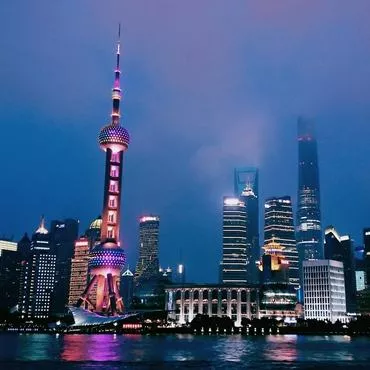

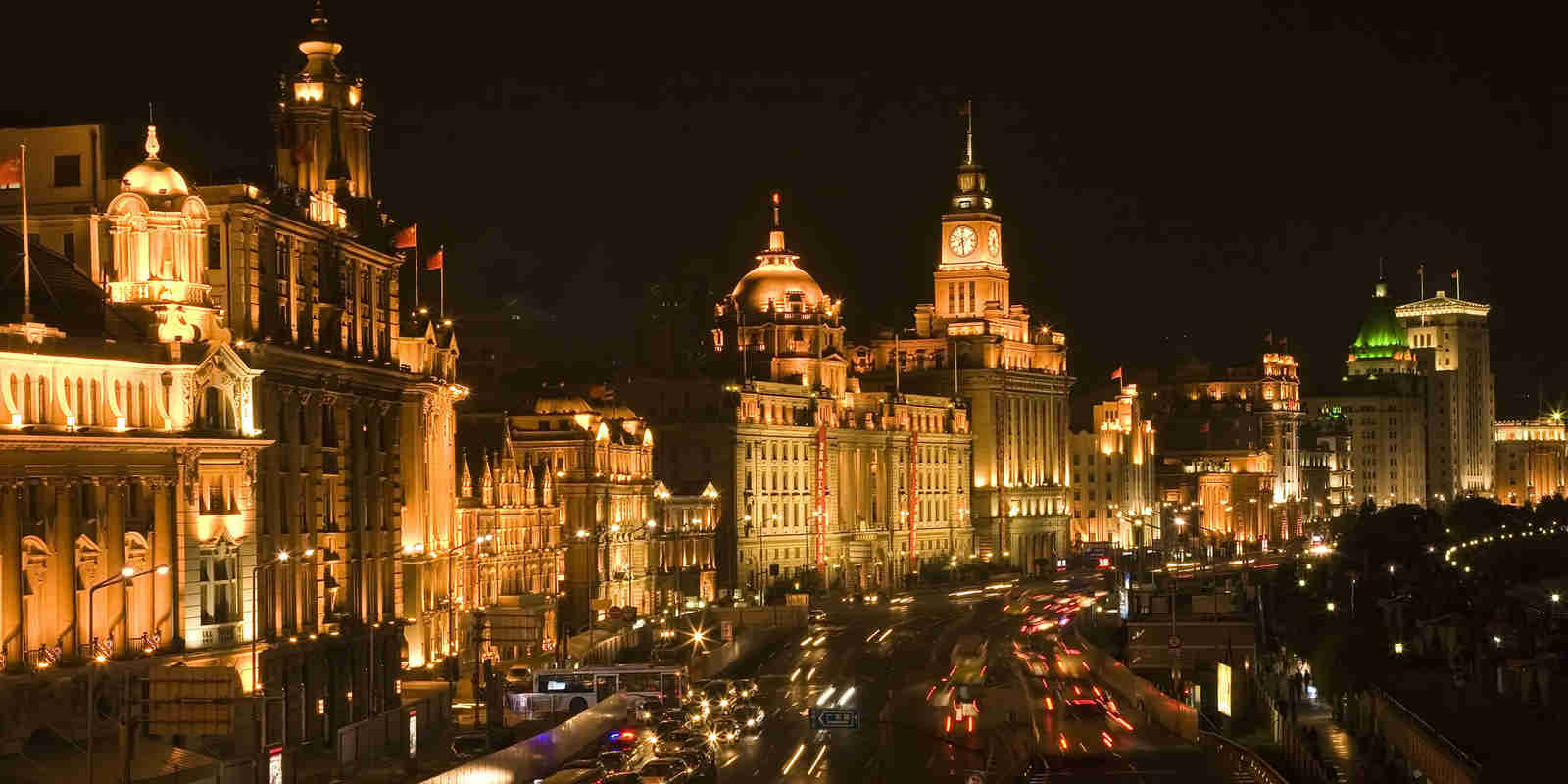

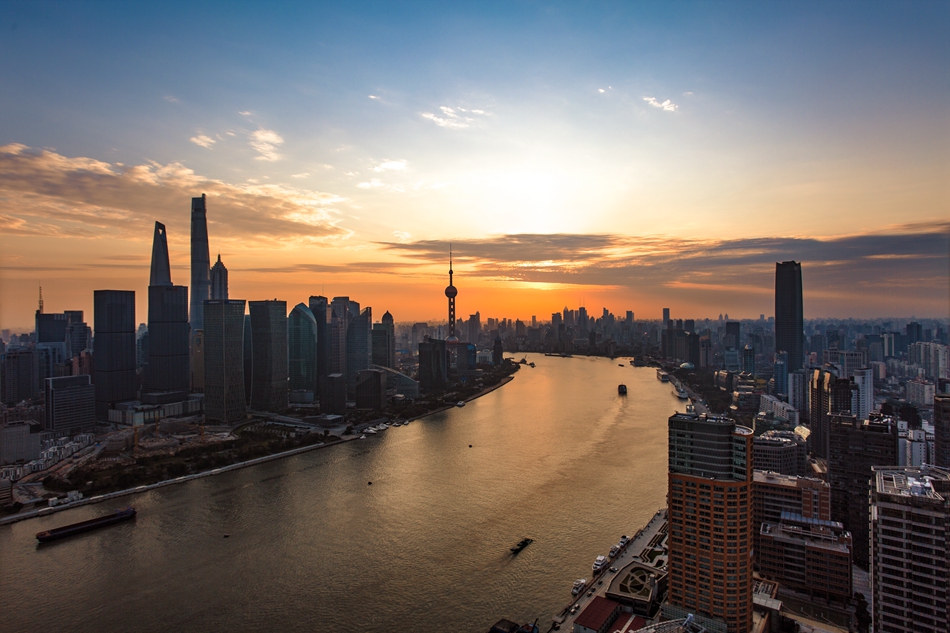




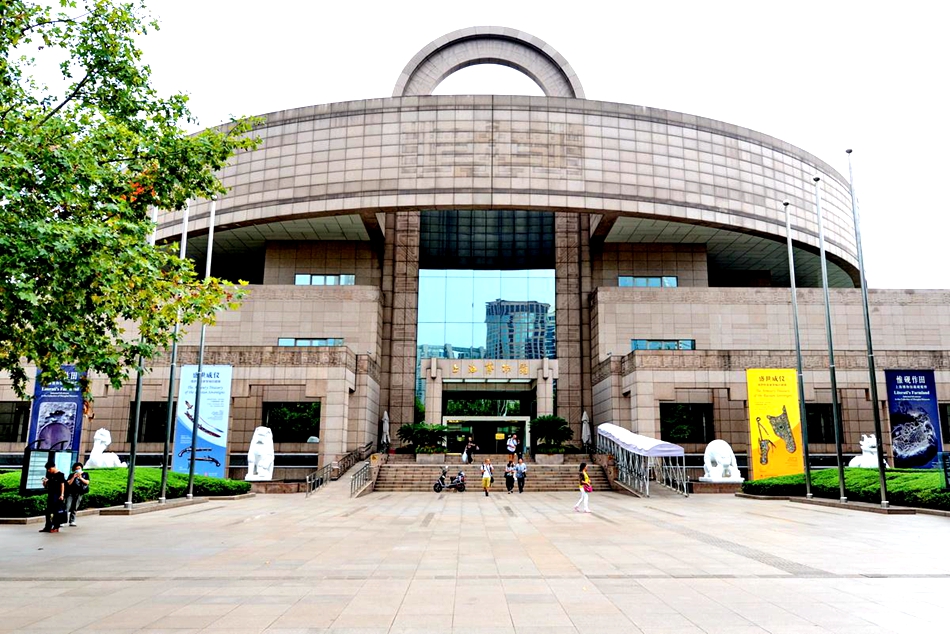
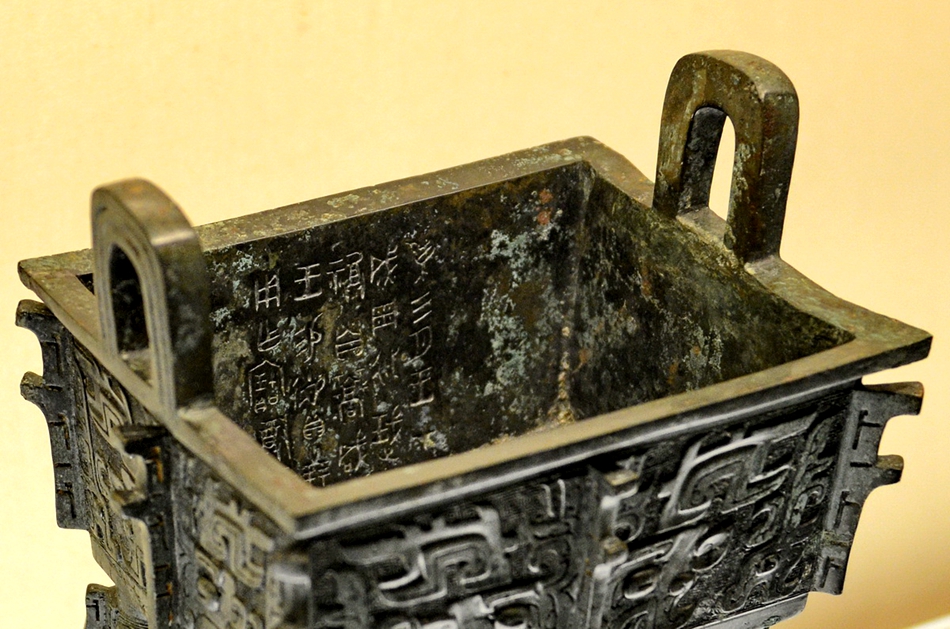
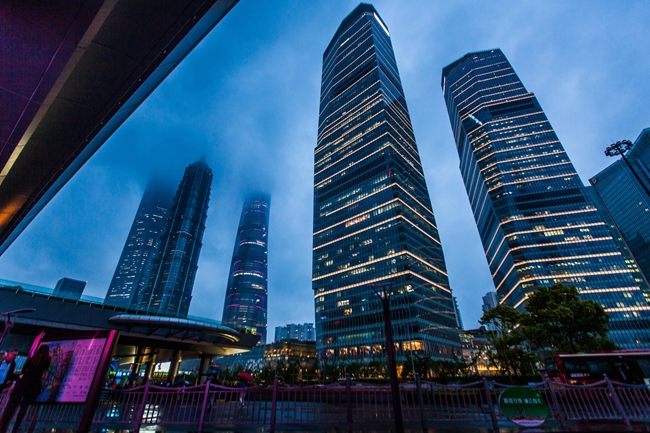
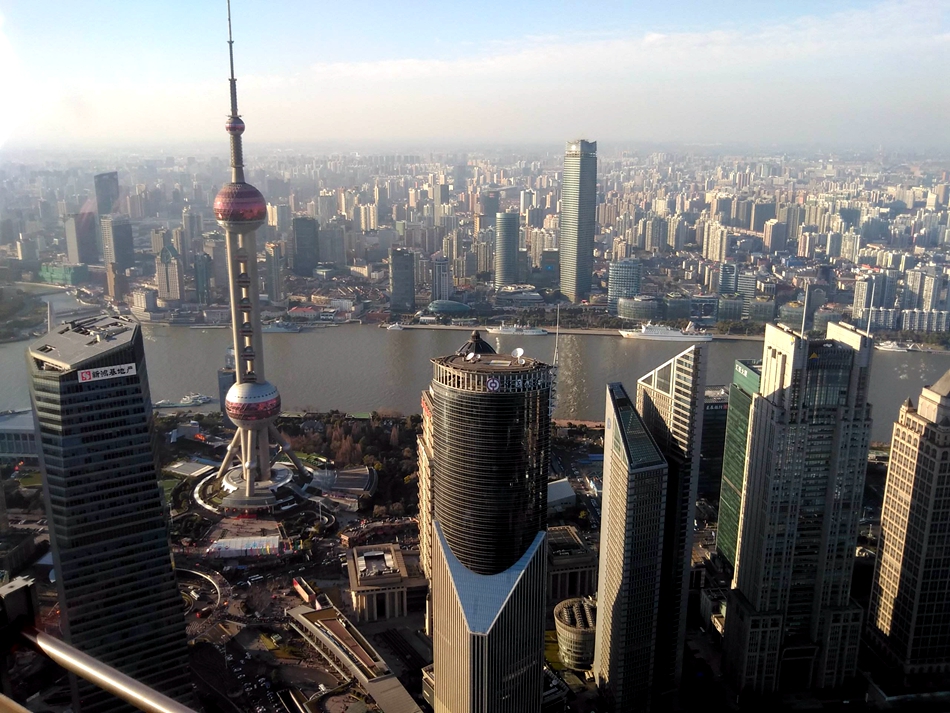

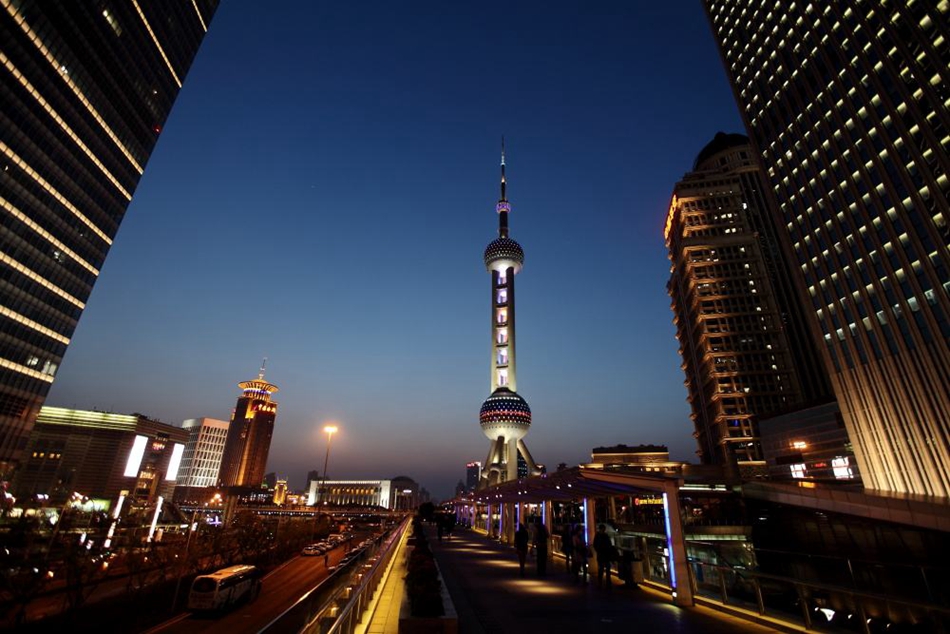
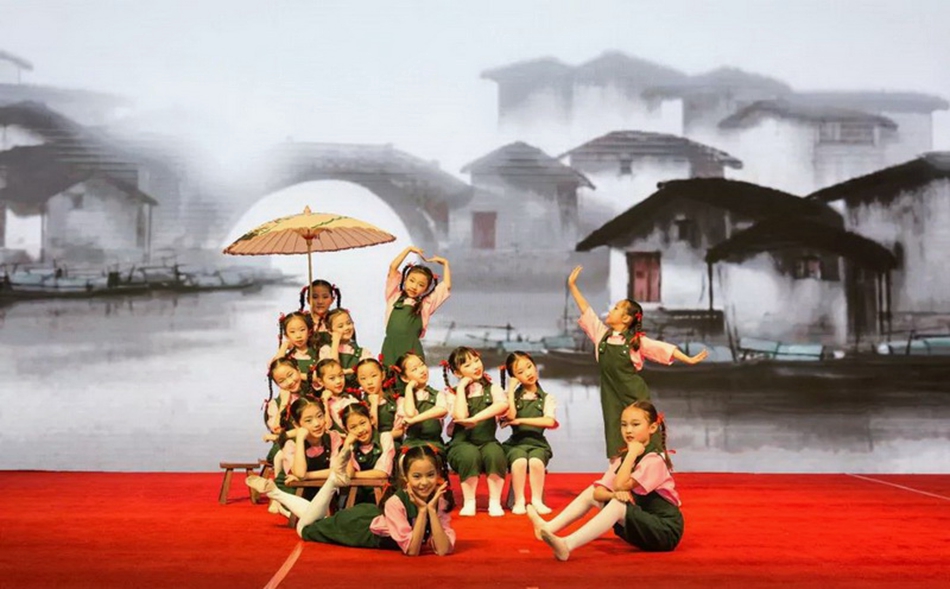

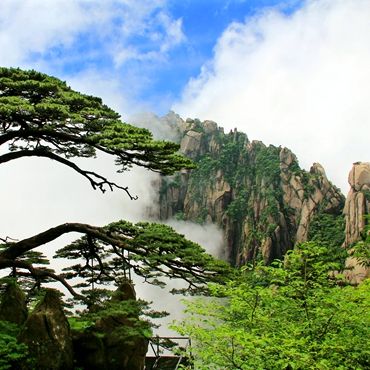
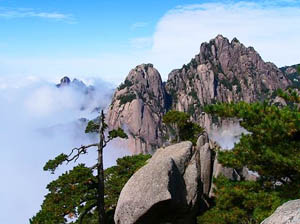
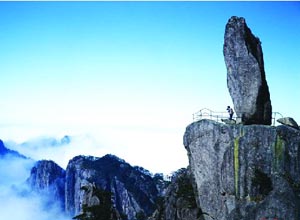
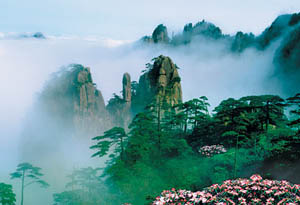
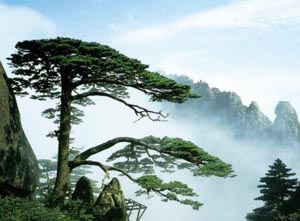
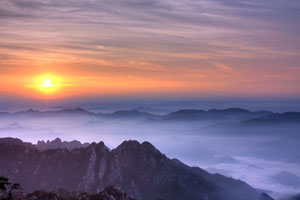
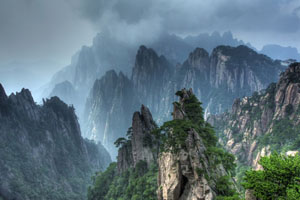
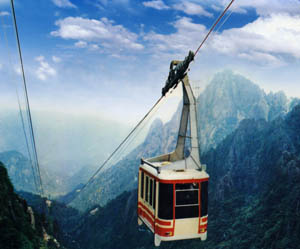
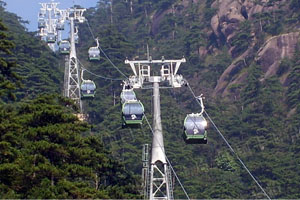
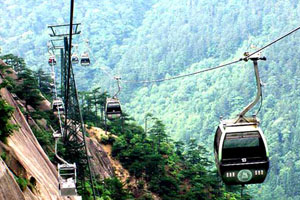
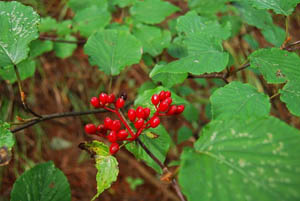
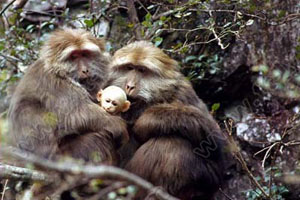
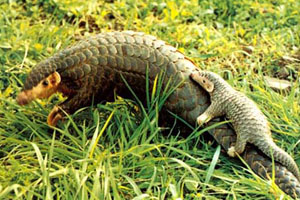
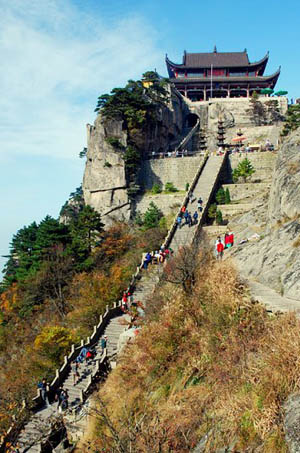
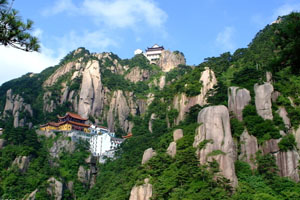
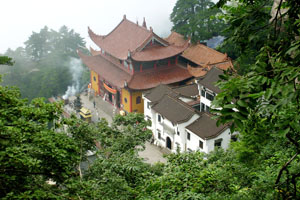
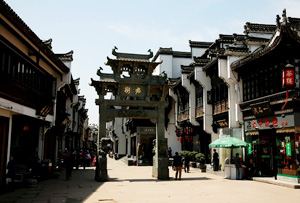

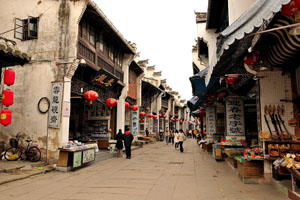

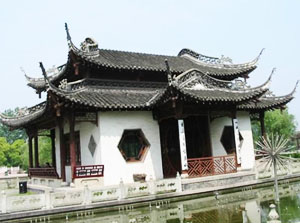
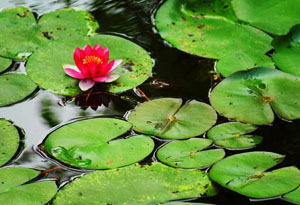
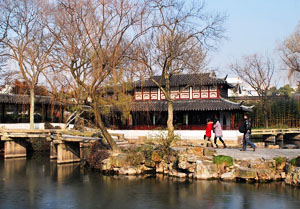

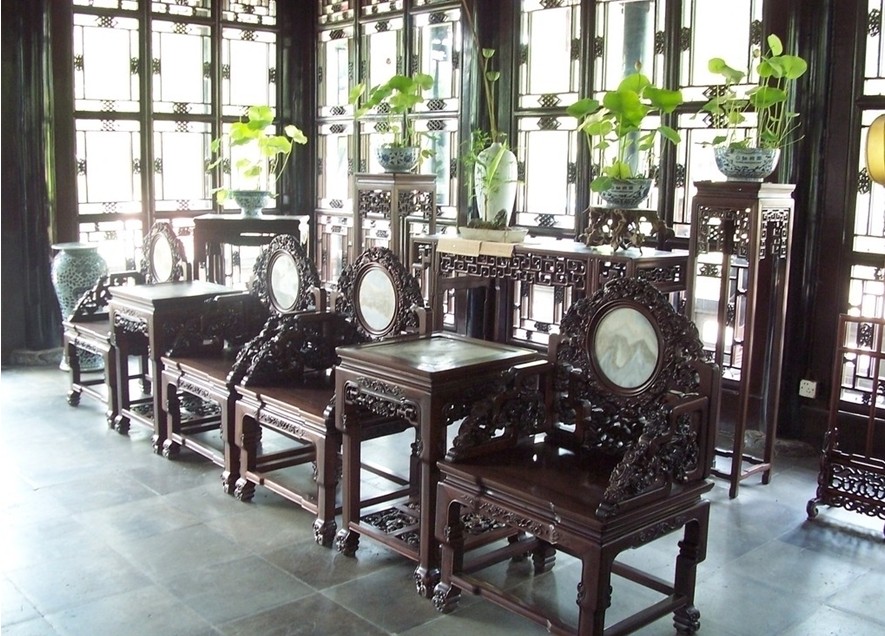
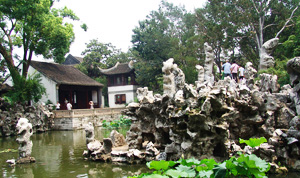
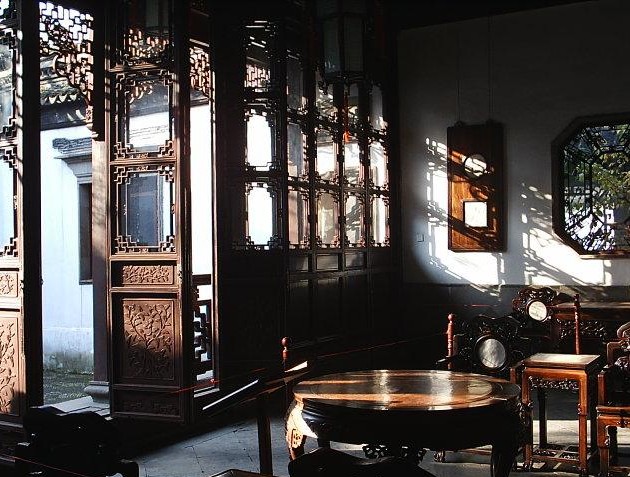
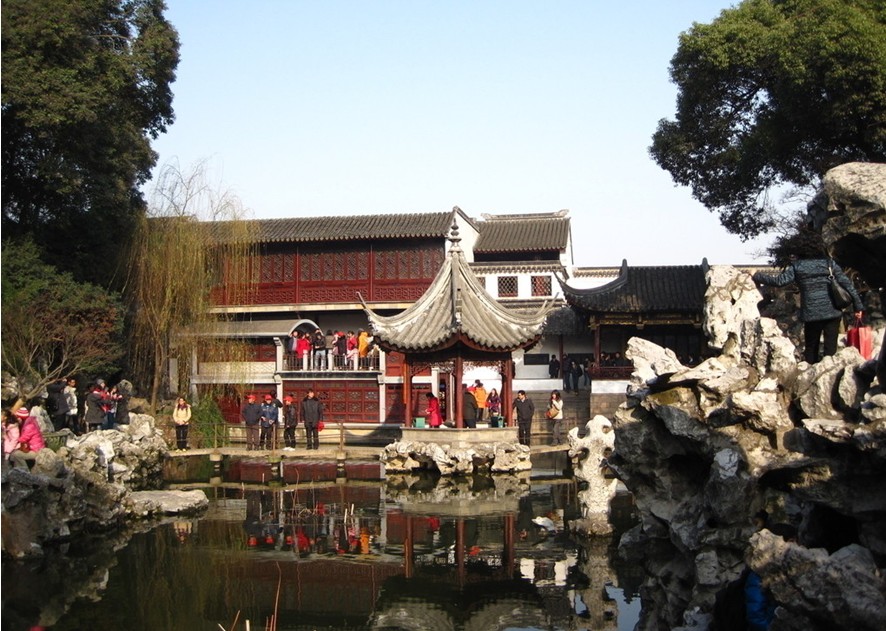

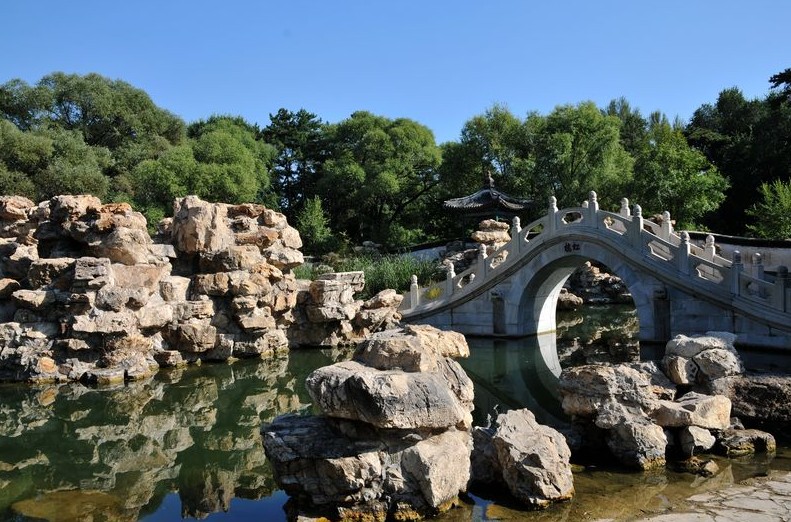
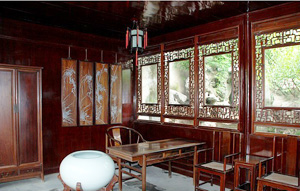
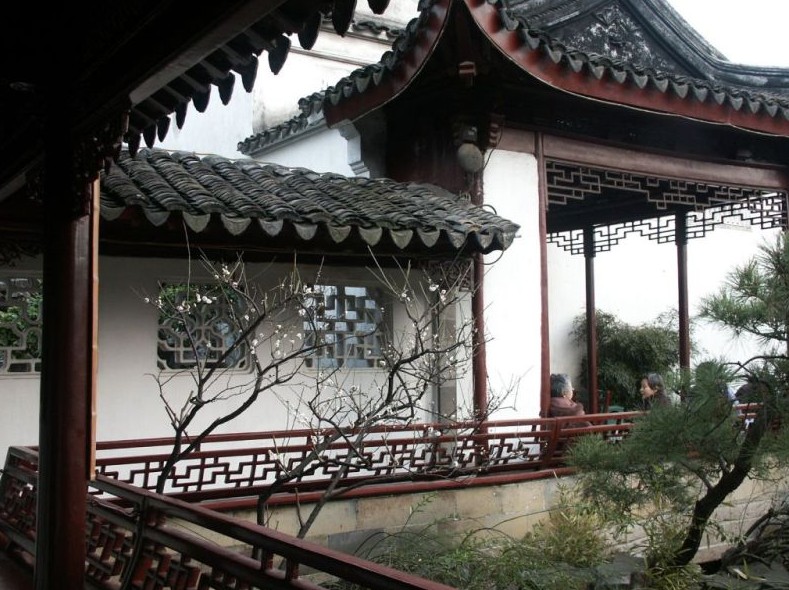
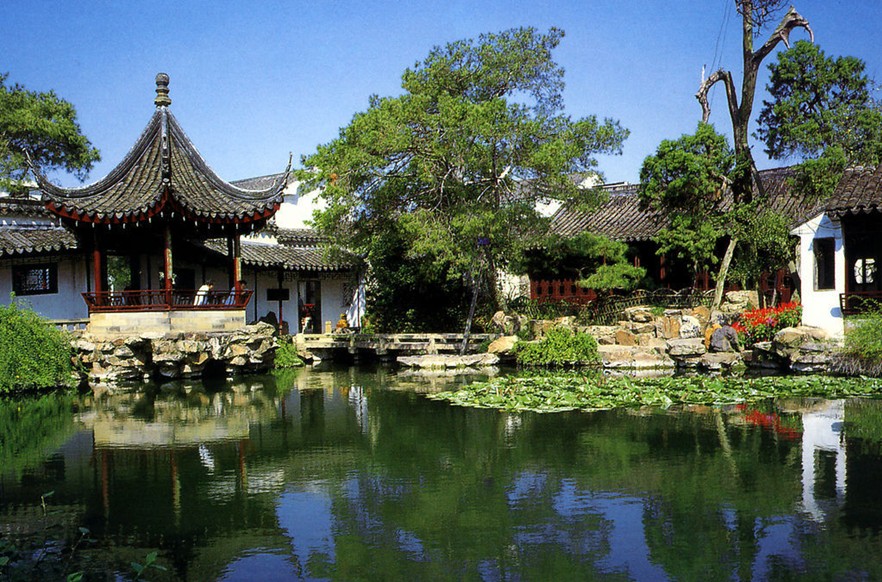
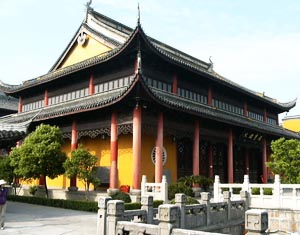
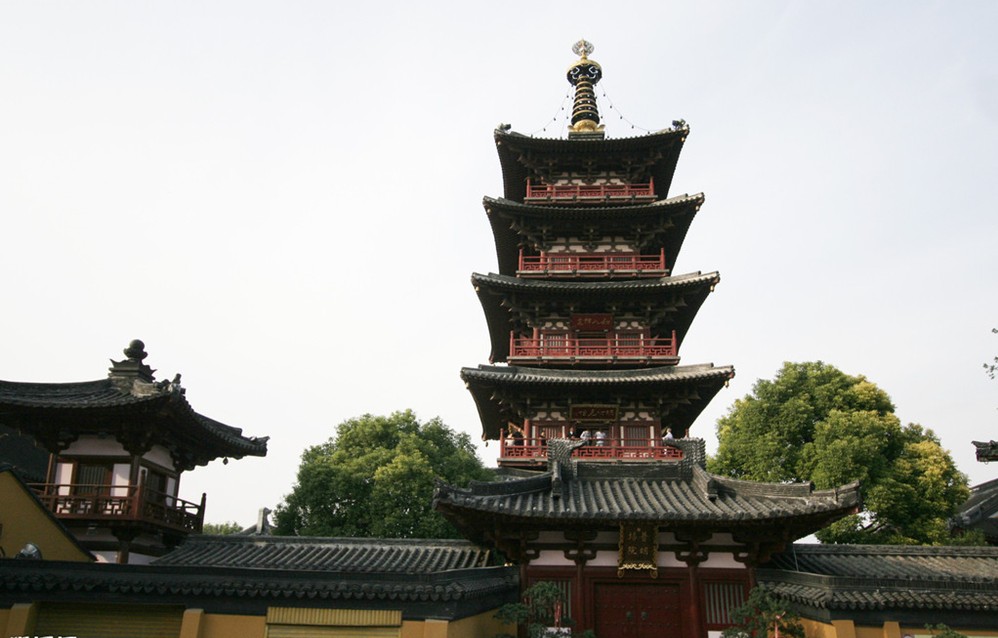
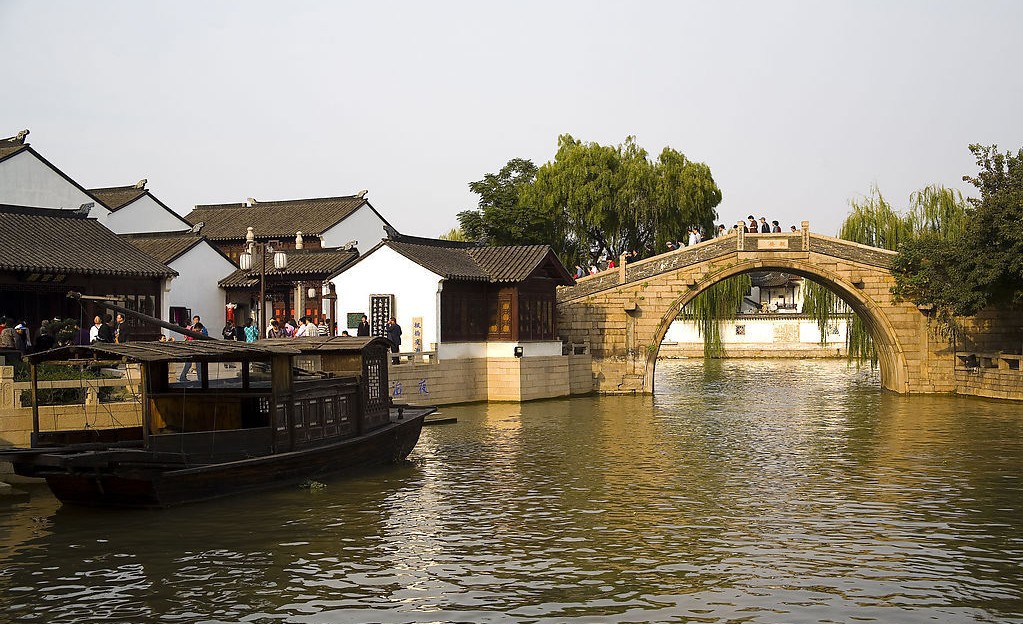


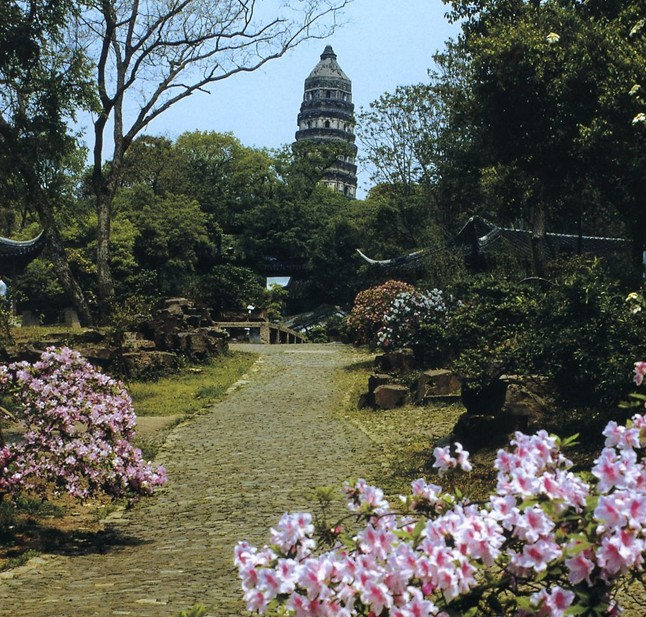
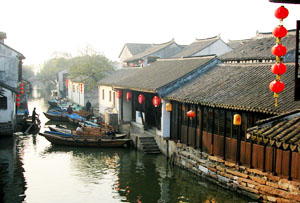
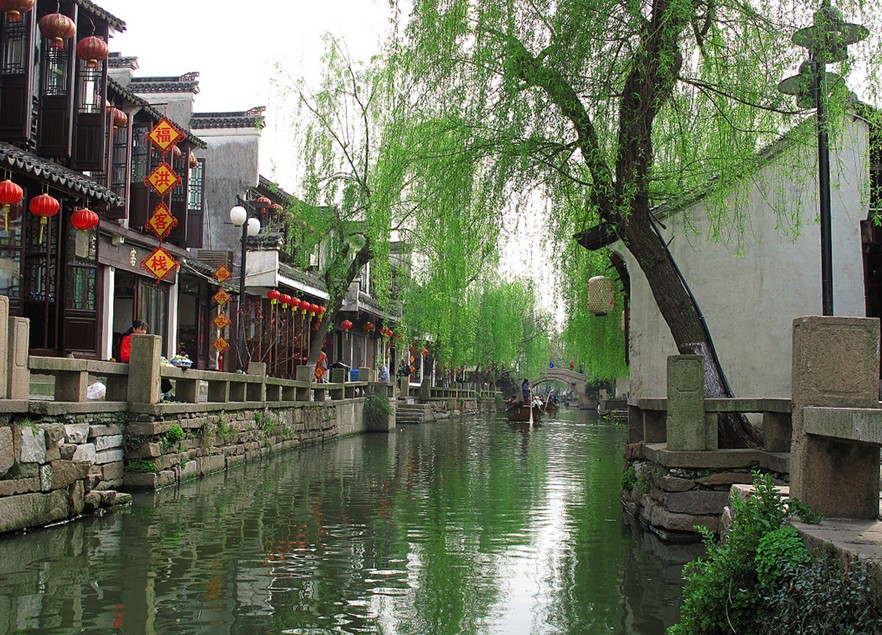
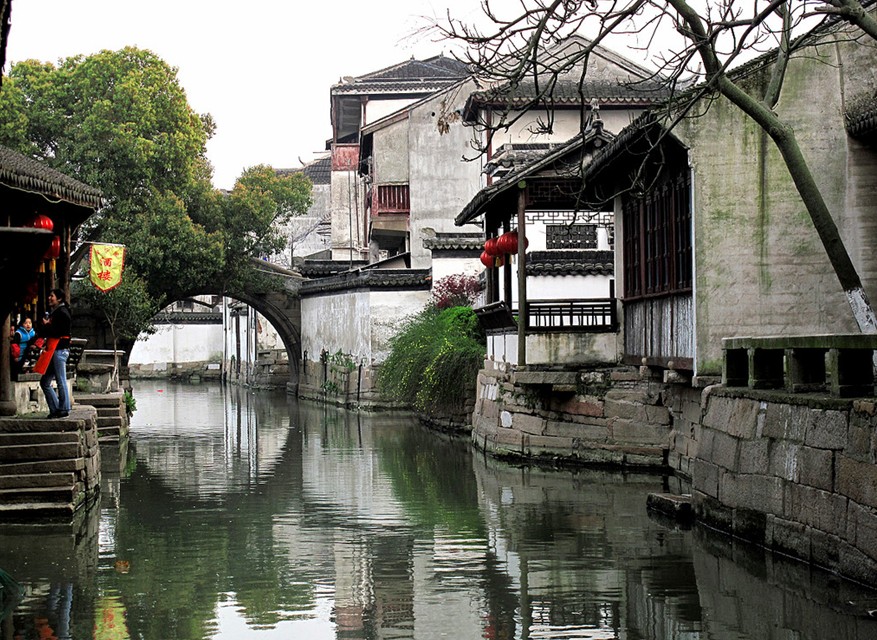
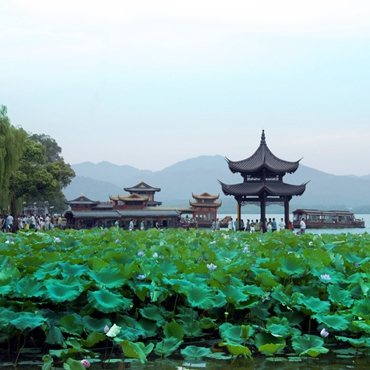
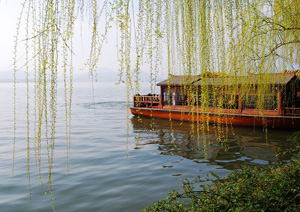
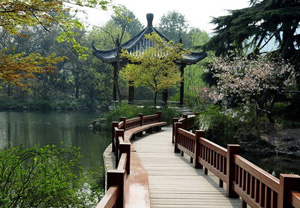

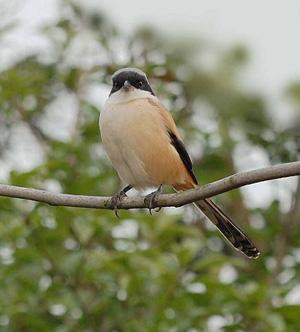
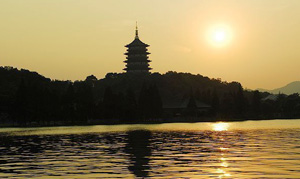
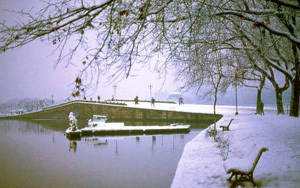
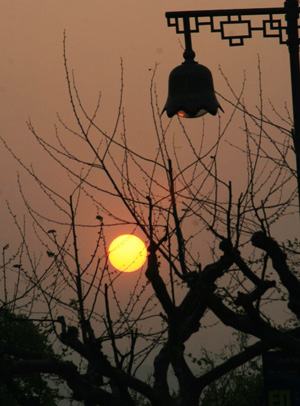
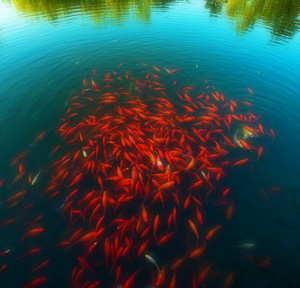
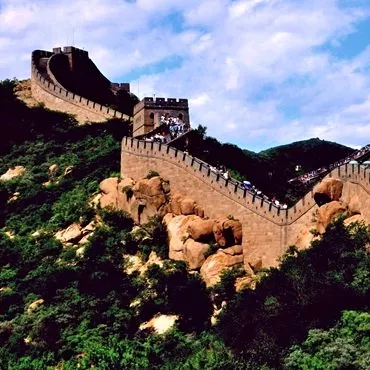

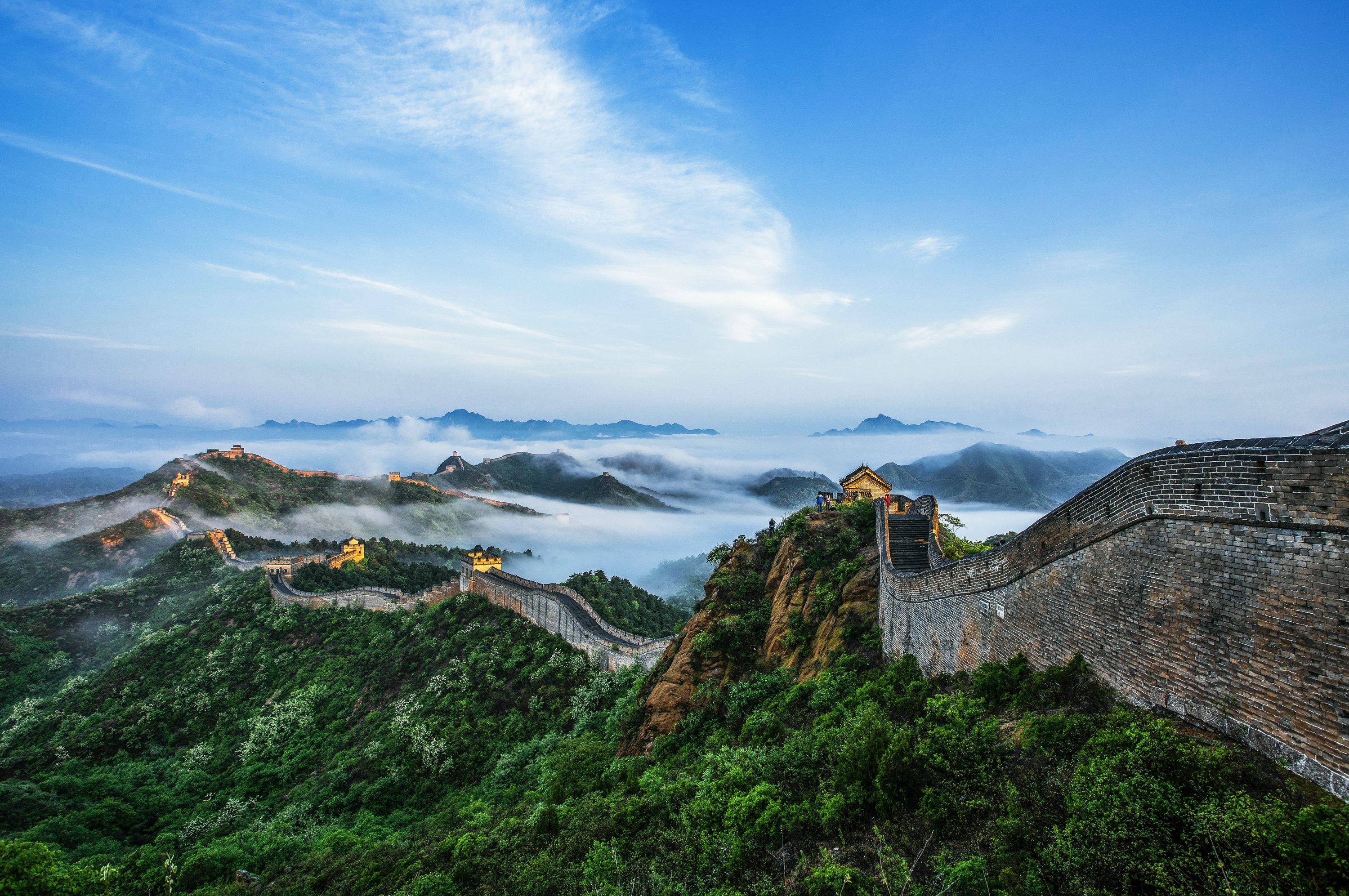
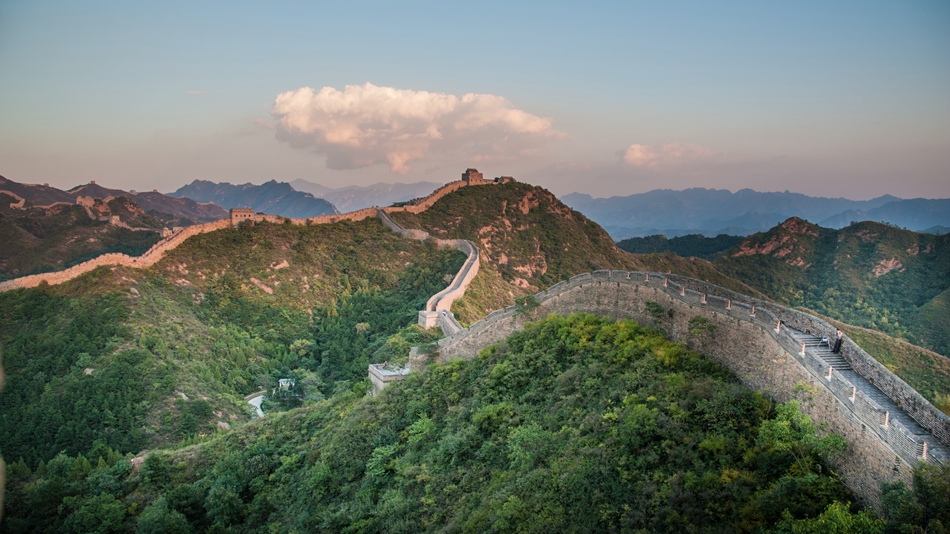
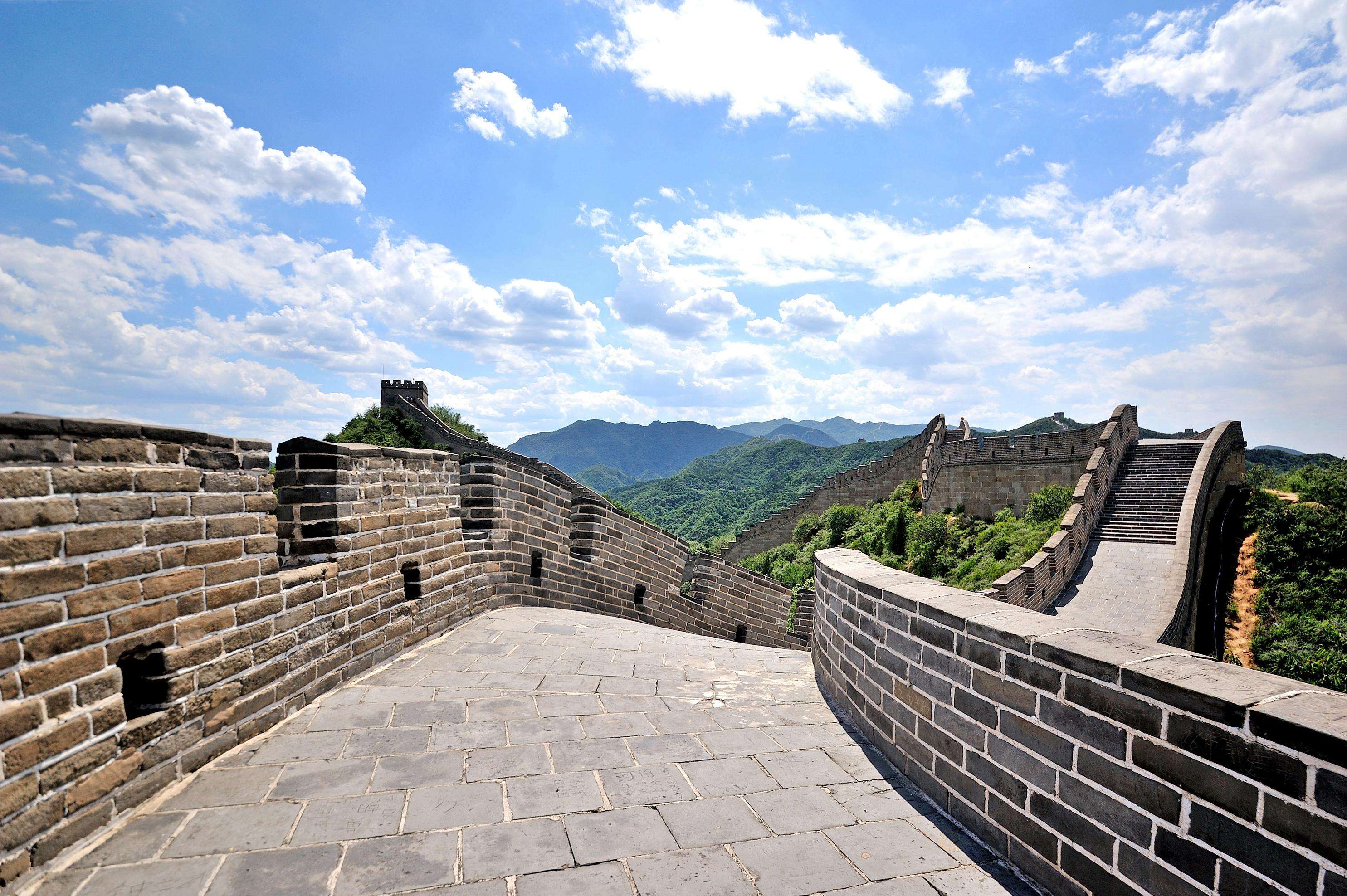
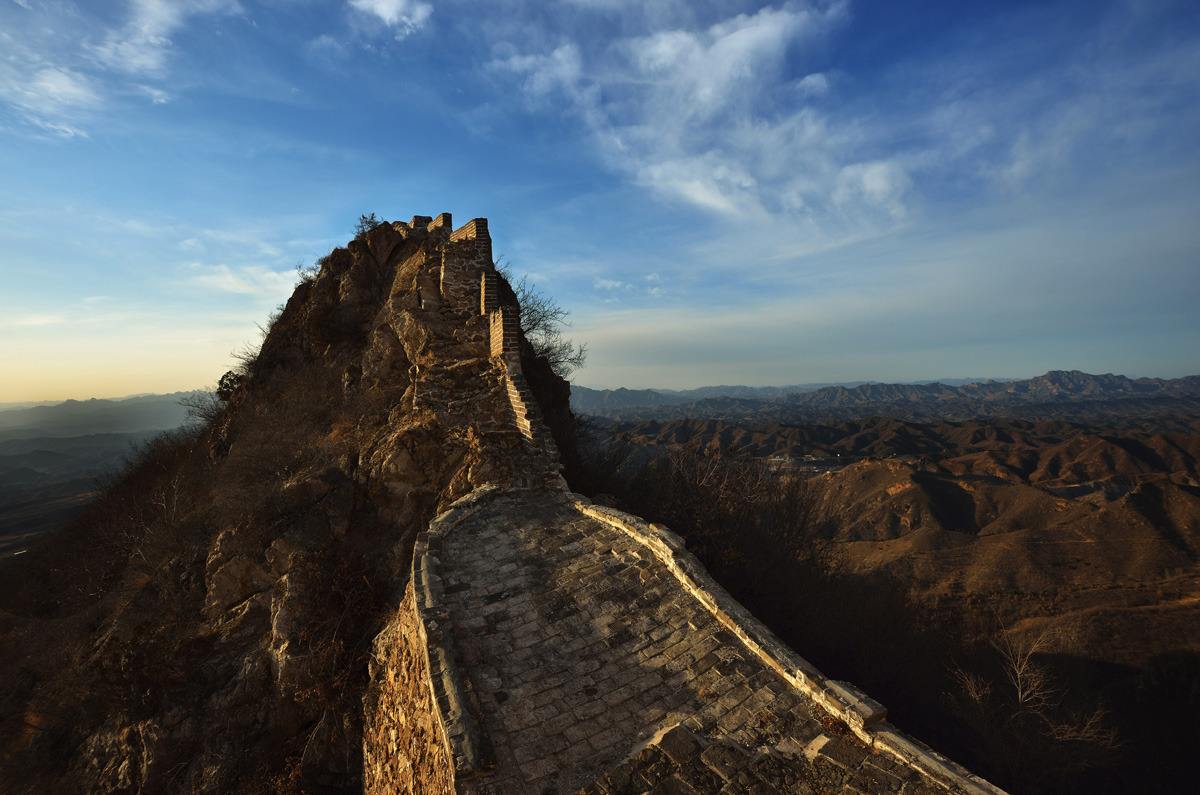
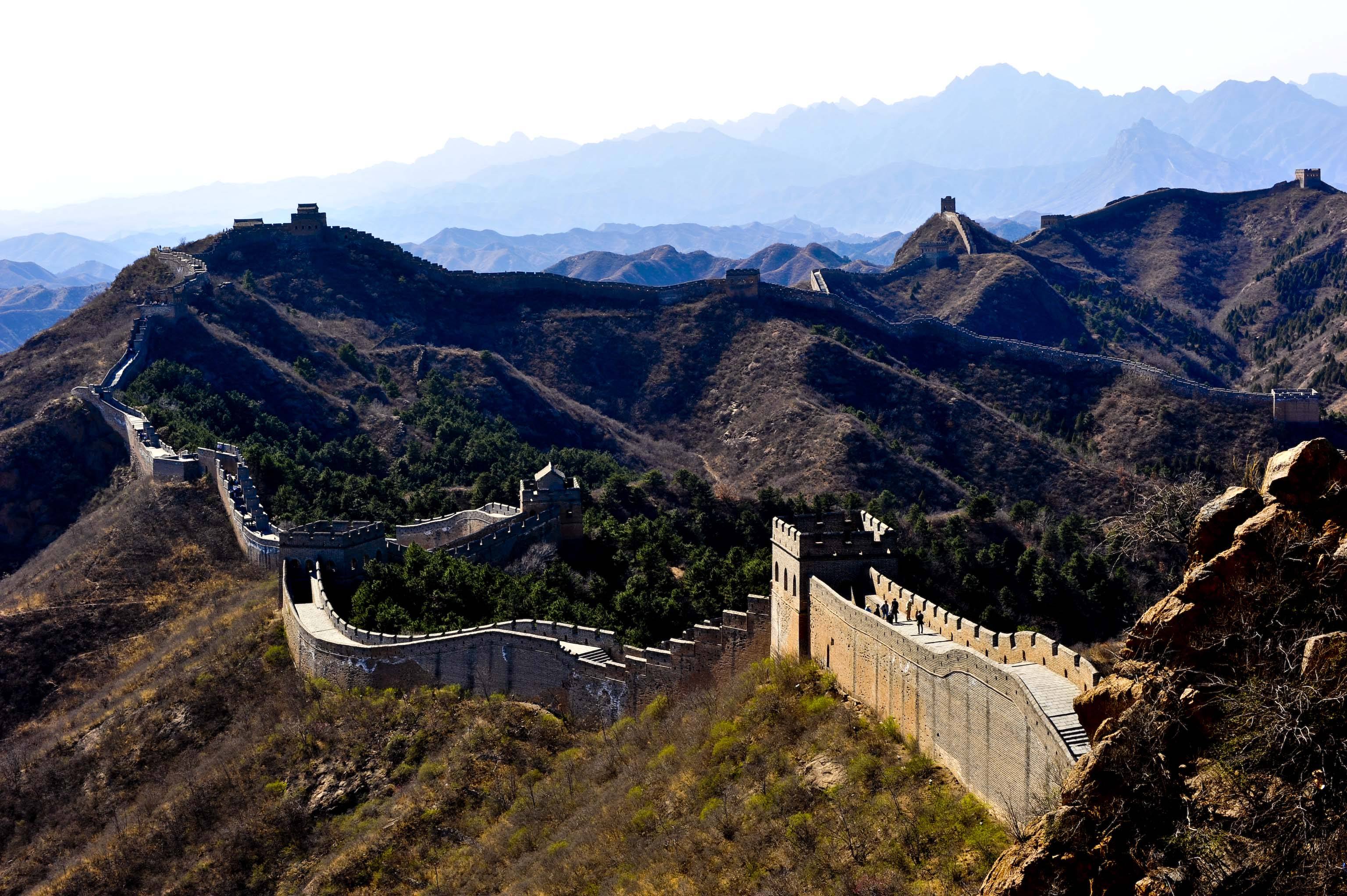
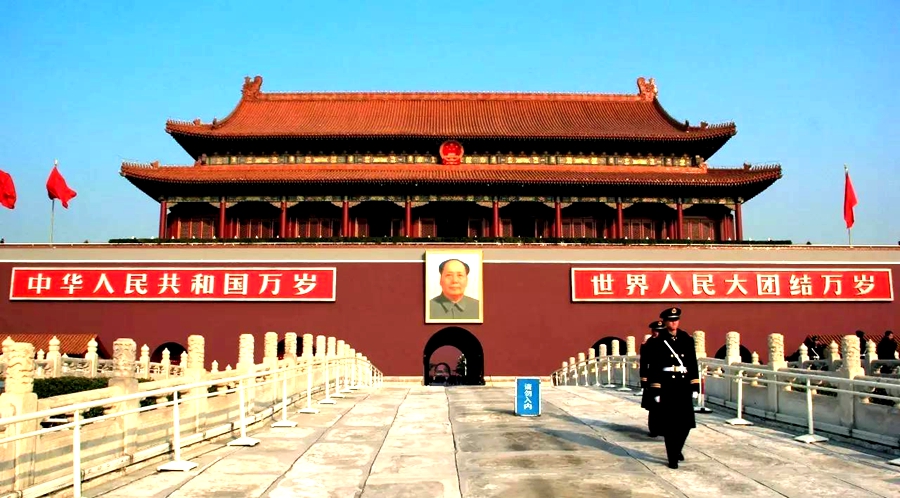
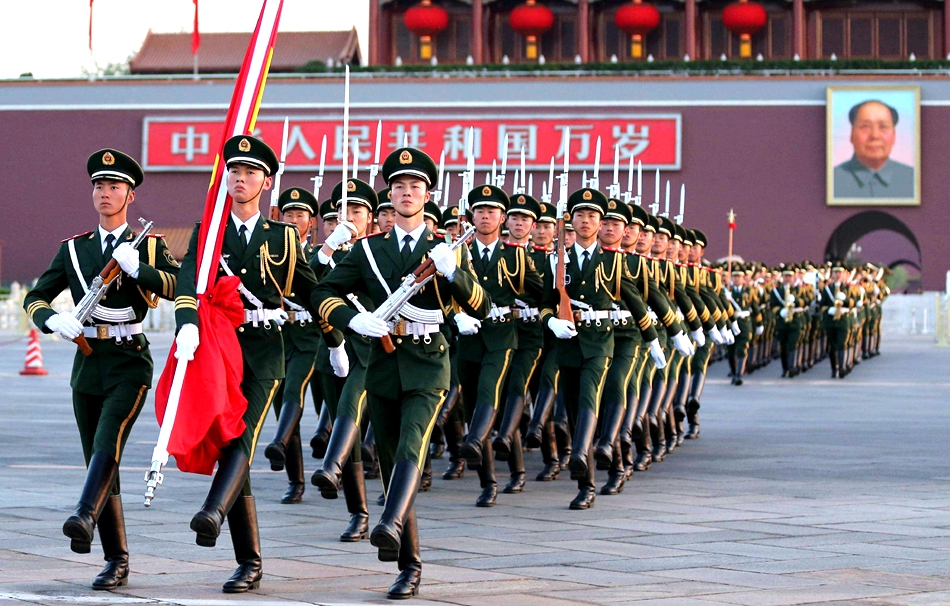
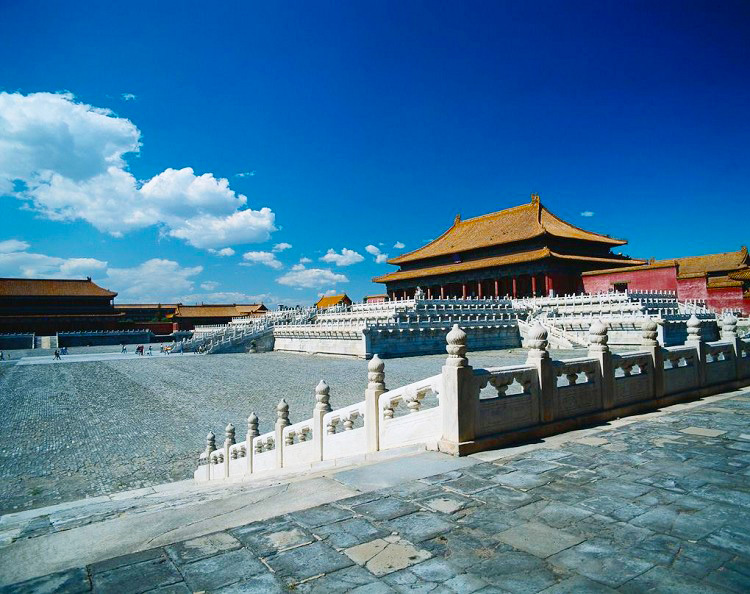
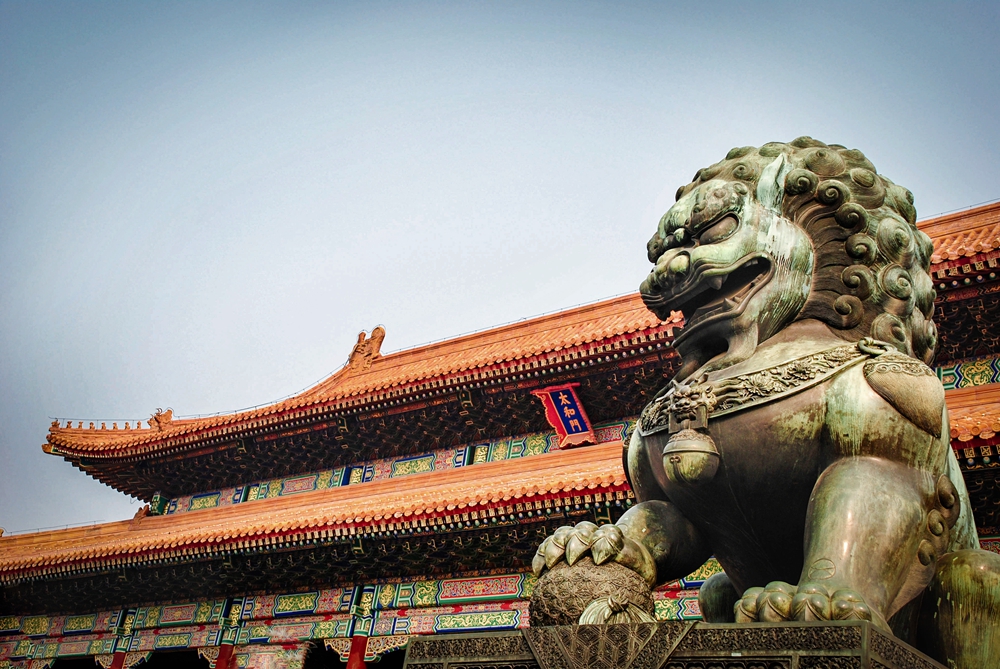 The Construction of the magnificent palace started in 1406, and ended in 1420. It took 14 years to complete the project. One year after completion, Emperor Yongle moved his capital from Nanjing to Beijing. Since then, 24 emperors have lived at the Forbidden City, 14 during the Ming Dynasty and 10 during the Qing Dynasty.
The Construction of the magnificent palace started in 1406, and ended in 1420. It took 14 years to complete the project. One year after completion, Emperor Yongle moved his capital from Nanjing to Beijing. Since then, 24 emperors have lived at the Forbidden City, 14 during the Ming Dynasty and 10 during the Qing Dynasty.